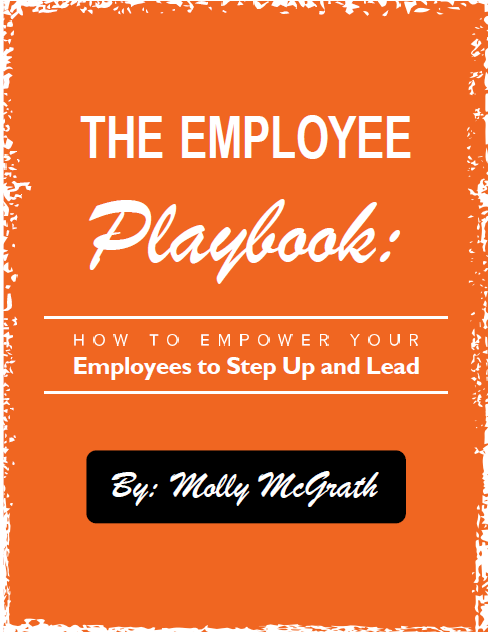Bonus systems MUST be designed as a win/win/win – a win for the team member (they must be able to achieve it, understand it and have influence over the items they are being bonused on) – a win for the boss (goals must make the business money, save money and/or time) and a win for the client (it must support the company’s service of clients while achieving the clients goals). Bonus systems are tricky and can be hard to create, so often they are talked about but never really implemented and become a boil of resentment.
There are a few major areas of “confusion” around bonusing on business generated that you want to make sure clarify in writing. Here are some keys to keep in mind when creating a bonus system.
1. Direct versus indirect Referral: It’s clear if you introduce the firm to Joe Smith Advisor and Joe Smith refers in Mr. Sample that is clearly a referral from your source. However, it gets “foggy” if Mr. Sample then refers in his neighbor Mrs. Jones. We always felt that “but for” you introducing Joe Smith to the firm – he would not have referred Mr. Sample who would not have referred Mrs. Jones – but it is an area with many opinions. We suggest you clarify this as an Indirect Referral and it gets a bonus, but at a lower amount than the Direct Referral.
2. Ongoing Referrals – Mr. Sample (from above example) has been a client for 2 years and then refers his son. Or he dies and the firm handles the trust administration. Was he an existing client at that point that generated business or are you still credited as the initial referral source? A classic contention in many bonus systems. One side feels that “but for” them having brought the client or referral source to the firm the client would not exist. The other side feels they have serviced the client for years so they should not have to pay a referral fee. Both sides have valid points. Make certain to come to an agreement clarify (and put in writing):
a. First, how do we bonus on a client who comes from a referral source (Mr. Sample) that conducts additional business with the firm. Is it “Additional Business” and again qualifies for a bonus, but at a lower rate than the initial amount, or is a treated as a new lead?
b. Second, the time period. So if a client or referral source works with your firm for a certain period of time does the bonus if they refer in decrease. Example: For 2 years from the date of the first referral that hires the firm the initial bonus system shall apply. After two years, if a referral source refers in the bonus amount shall be reduced by 50%. After 3 years….so on.
3. Make sure it includes how often your bonus period pays out; monthly, quarterly or annually.
4. Clarify if bonuses pay out when the firm is paid in full by the client or at time of engagement? (We vote when the firm is paid in full – it has to be a win for the firm too.)
5. If they pay with a credit card is your bonus reduced by the processing charge (s) and/or declined charges? i.e. if the client pays $2,000 but the firm nets $1,950 after the credit card processing charges which amount is your bonus based on? How is the bonus paid – are taxes taken out and at what percentage?
6. Include what happens if you separate from the firm – are you paid any bonuses that already are due but not paid out yet or are they paid only to current employees?
7. Make sure it also says “Both parties agree the bonus system can be modified from time to time as agreed and put in writing.” We’re fairly confident the attorneys can “legal up” that language, but you get the intent! A bonus should change periodically as new areas need to be focused on.
Most importantly, be committed to trying a bonus system and both parties giving honest feedback after 90 days and adjust as needed. Often the most productive bonus systems are a few ‘modifications’ away. If you want to learn how to empower your team…join us January 10th for the next book club tele-series…we only have room for ONE more firm so ACT NOW!!!
“December’s ‘YES CHICK’ tele-class was AMAZING! I’m so ready to hit the ground running in 2012. I look back at 2011 and now see that my mindset was “for the firm” first when going through the coaching programs for my attorney. Don’t get me wrong, they were huge and I grew both personally and professionally. But NOW, this one’s for ME…this is my shot to really grow…which gives back to my job 10 fold! I thank you both for this opportunity!”

